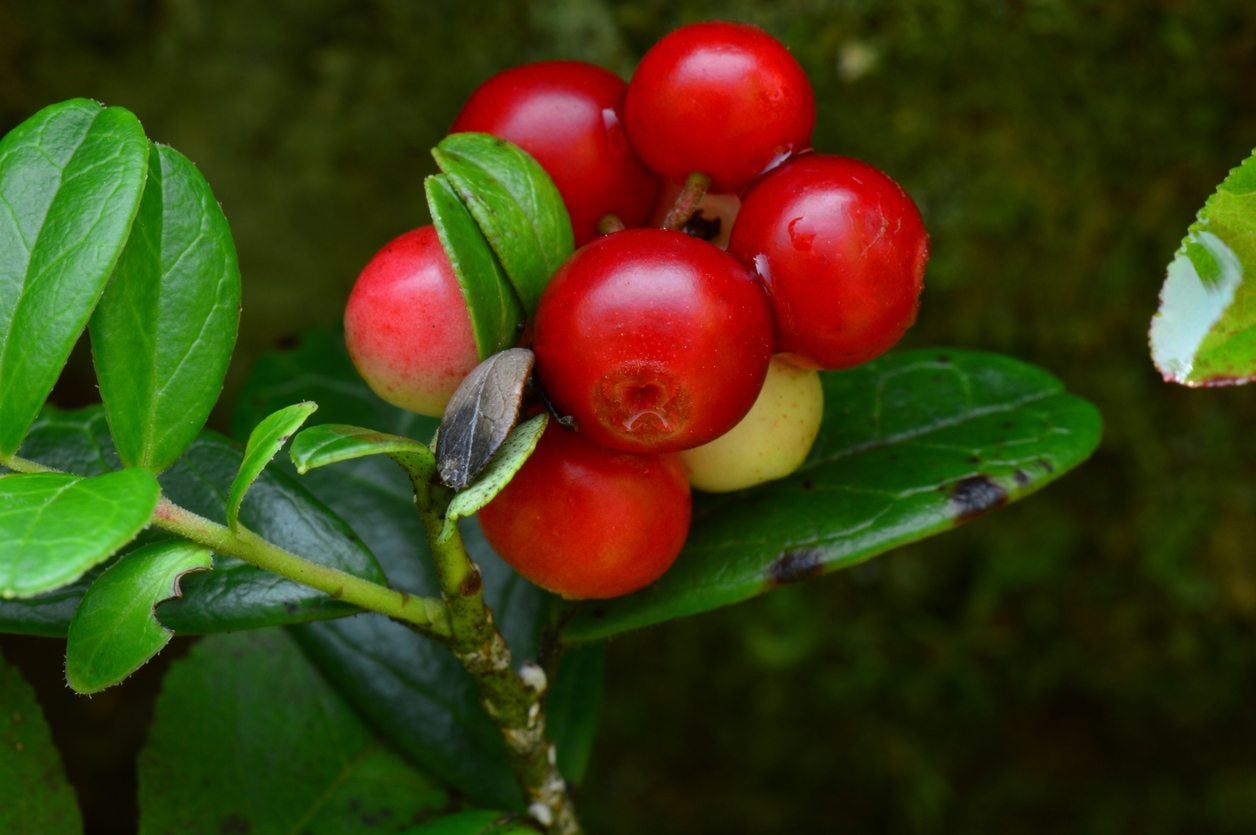Problems With Cranberries: Common Fixing Cranberry Diseases And Pests


If you’re looking for an unusual addition to your garden this year, cranberries are where it’s at. Before you dive into the bog head first though, make sure you read up on some of the most common problems that can affect this sweet tart of a crop.
Cranberry Plant Problems
There’s nothing that says fall quite like the unassuming cranberry. What nature neglected in size and grandeur, it made up for in intensity and sheer unforgettably flavored berries. Growing cranberries at home can be challenging, since they have very specific growing requirements, but if you’re willing to give it a go, it’s best to be armed with information about problems in cranberry vines so you’re prepared. Both cranberry pests and diseases can be devastating and difficult to manage, but we’ll get you started on the path to success.
Common Cranberry Pests and Disease
As with many food plants, the problems with cranberries run the gamut from easy to handle to nearly impossible to manage. Some cranberry diseases are also very limited in range, meaning that cranberry bogs in Wisconsin may experience a disease that is only problematic in that region. If you have trouble identifying the culprit, don’t hesitate to turn to your local university extension for a full workup on your cranberry plants. Here are some common things to watch for in most locations: Leaf spot. Several leaf spot diseases occur in cranberry, with red leaf spot, black spot, Protoventuria leaf spot, and cladosporium leaf spot among the most common. If spots are small and aren’t affecting new growth, you may be able to tolerate the spots and correct the conditions encouraging leaf spot after harvest. Watering early in the day so the leaves dry completely, improving drainage to allow beds to dry, and reducing nitrogen fertilizer can go a long way to preventing future outbreaks. If leaf spots are recurrent or damage fruits, a fungicide applied at bud break and during shoot elongation will help. Upright dieback. When your otherwise healthy cranberry shoots suddenly develop wilt or yellowing at the tips, then turn orange-brown and finally die, even though they’re among other perfectly healthy shoots, you may be experiencing upright dieback. Upright dieback gives a cranberry bog a sort of salt and pepper look, with just a few dead tips dispersed within healthy patches of growth. The first thing to do is reduce stress on your vines as much as possible, whether this means changing your feeding pattern, watering more or less, or treating an insect infestation. If that’s not enough to help vines recover, fungicide can be applied before early bloom to help prevent the spread of the underlying fungal disease. Fruit rots. There are over a dozen fruit-rotting fungi that affect cranberry; some attack leaves, flowers, and fruit, and others are limited to fruit alone. You can reduce the chance of any one of these fungi taking hold by removing all trash from last season, including mummy berries, which can be sources of fungal spores. Thin vines and try to not overfeed them to prevent tender overgrowth and lowering the overall humidity of your cranberry stand. Also, make sure to thin out any volunteers that might appear, since they tend to produce a lot of vegetation instead of fruit, adding to any humidity problem you might have. Caterpillars. Caterpillars love cranberries as much as you do, so it’s important to keep your eyes peeled for moths that may be laying eggs in your cranberry stands. Cranberry fruitworm, cranberry tipworm, black-headed fireworm, and others can be devastating to your plants and your fruit production, especially if you don’t notice them until they’ve really set in. Most caterpillars can be treated with targeted insecticides like spinosad, but be sure to apply it in the evenings, after bees are back in their hives. Spinosad has a very short lifespan, however, and may need to be reapplied as new waves of caterpillars hatch. Sap-sucking insects. A range of sap-sucking insects, like spider mites and scale, also feed heavily on cranberry. Spider mites are difficult to see with the naked eye, but you’ll know them by their tiny spider-like threads of silk; scale insects are equally difficult to detect, but because of their camouflage and not their size. Either pest can be eradicated using insecticidal soap or neem oil, applied according to the manufacturer’s directions.
Sign up for the Gardening Know How newsletter today and receive a free copy of our e-book "How to Grow Delicious Tomatoes".

Kristi Waterworth was a regular contributor to Gardening Know How for many years, answering countless queries on plant pests and diseases.